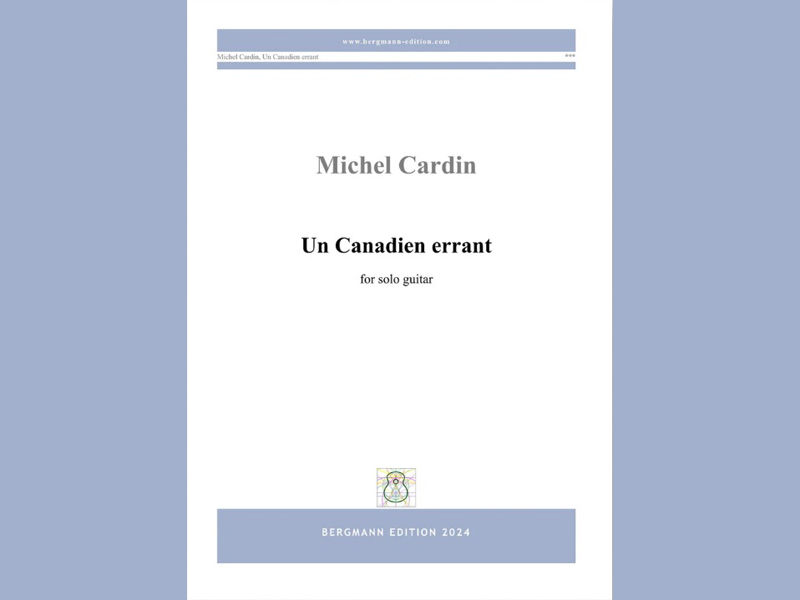Giacomo Susani : Suite per la Cappella degli Scrovegni for 10 – string guitar : Doberman – Yppan
- chrisdumigan
- Nov 12, 2023
- 3 min read

Giacomo Susani
Doberman – Yppan: 16 pages
Writing for 10- string guitar does mean that you are immediately limiting the number of players who will play the piece, because it is physically impossible for any 6 – string player to get this piece to work on his or her guitar. The tuning here is usual top 6 strings plus 7, to low C, then 8, to an A# a semitone above the fifth, the 9th a G# , a tone down from the 8th , and the final 10th on an F#, a tone below the ninth.
The piece is written concerning the Scrovegni Chapel of Padua, and its frescoes and, to quote the writer’s Programme Note ‘the cultural vastness that they bring with them’.
It is in 8 movements and is a considerable 19 minutes of music, and the dedicatee’s performance (Nicolo Spera) can be found in its entirety on YouTube played inside the place for which it was written.
Volta Celeste, the opening movement begins with a motto theme that occurs elsewhere, and consisting as it does, largely a mixture of semi – tones and minor octaves one after the other shows you that this is on the very verge of not relying too much on a tonal style, and not to everyone’s tastes.
The piece then moves into Il Sogno di Gioacchino, ostensibly in 4/4 but the music having no a bar line whatsoever, which does make it difficult to read properly, especially as it is in two constant voices, one at rhythmic odds to the other. At the close the two voices become three, and it finishes on a number of fortissimo dissonant chords
Annunciazione is the 3rd part, and is an Adagio of long chords, interspersed with moments of two and three voiced part –writing that then dies away after a short duration, and then becoming Strage Degli Innocenti, the 4th movement. This Andante is in a number of time signatures and begins in straight octaves before becoming a sequence of chords built up of 4th and 5ths .The music changes direction here constantly , as well as speeds. And then becomes a molto Mosso 7/8 idea in two voices of mostly semi – quavers .After a number of other musical changes in theme and style, it closes on a sforzando octave C.
This in turn joins straight into Lavanda del Piedi, an Adagio, very short, again in two voices mostly , and ending on a trill in the lower voice that goes straight into Pentecoste, a one – page Largo full of long unusually voiced chords with more flowing melodic touches in between.
No7 is Giudizio Universale which is basically an ostinato in 3 / 4 consisting of repetitive pairs of quavers underneath a melody with a multitude of cross – rhythms that do make this difficult to finger. Everything gradually builds until the coda when 10 – note chords marked fff finish the movement.
The final very short movement, L’Ottavo Giorno is marked Lentamente, senza Tempo and brings back the opening movement’s motto theme. Everything finally closes on a sequence of harmonic notes and chords that die away to nothing.
The piece is complex, both musically and harmonically and as I said before is almost 20 minutes in duration. It is a major work for the 10- string and therefore should be given its due by any players of that version of our guitar, but the harmonic style won’t suit everyone, so anyone at all curious should firstly listen to the performance I mentioned at the beginning.
Chris Dumigan




Comments